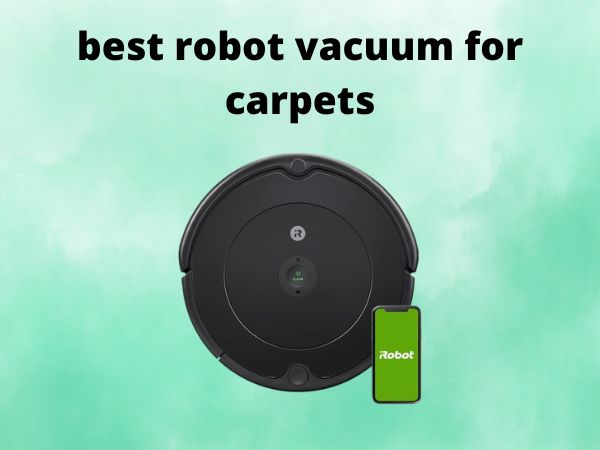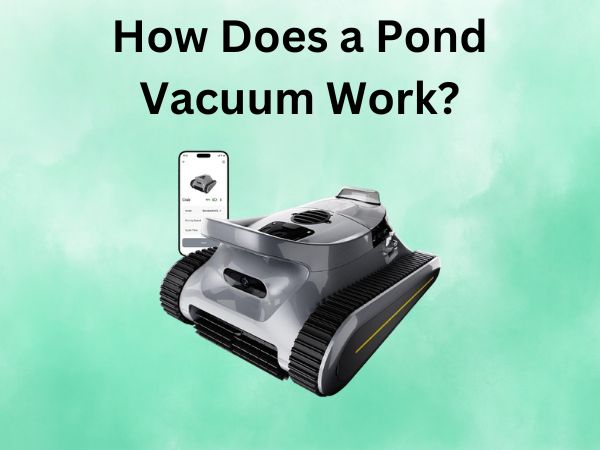How to Clean a Bissell Vacuum [Step-by-Step Maintenance Guide]
We all love a clean house, don’t we? Your trusty Bissell vacuum plays a critical role in keeping your floors spotless. But have you ever thought about how much cleaner your vacuum needs to be? Just like any other tool, regular maintenance is essential to keep it performing optimally. Let’s dive into this comprehensive guide on cleaning a Bissell vacuum, ensuring it remains your reliable ally in home cleaning.
Table of Contents
Understanding Your Bissell Vacuum
Before we jump into the nitty-gritty of cleaning, it’s essential to know your vacuum inside and out. Bissell vacuums come in various models, each with unique features. Familiarize yourself with your model’s manual to understand specific parts and peculiarities. Treat your vacuum like a car—you wouldn’t drive without knowing the basics, right?
Why Regular Cleaning is Important
Imagine running a marathon with a blocked nose—challenging, isn’t it? That’s what your vacuum endures if it’s not properly cleaned. Regular maintenance ensures efficiency, prolongs its lifespan, and prevents bad odors from developing. Nobody wants a smelly vacuum cleaner!
Tools and Materials You’ll Need
Let’s gather our cleaning toolkit. Here’s what you’ll need:
- Soft brush or cloth
- Mild detergent
- Replacement filters (if needed)
- Scissors (for tangled hair on the brush roll)
Step-by-Step Cleaning Process
Unplug the Vacuum
Safety first! Always unplug your vacuum before starting any maintenance. It’s a simple step that ensures you can clean without any shocks.
Empty the Dirt Tank
The dirt tank is the heart of your vacuum’s operation, and it fills quickly. Empty it after each use to avoid overflow and ensure the next session is just as effective.
Clean or Replace the Filters
Filters trap dust and allergens, but they also need attention. Check your manual to locate yours, then clean or replace them according to usage. This helps in maintaining your home’s air quality.
Inspect the Brush Roll
Ever wondered why your vacuum can’t pick up hair properly? The brush roll might be tangled. Use scissors carefully to remove hair or strings wrapped around it, ensuring it spins freely.
Clean the Hose
The hose is a critical component, often overlooked. Detach it and use a long object to check for blockages. Rinse the hose in warm water if it’s visibly dirty—just like clearing a clogged drain!
Check for Clogs
Can’t find what’s causing the loss in suction? It might be a clog. Check the openings and paths for any debris obstructing airflow. Remember, a clog-free vacuum is a happy vacuum.
Reassemble Your Vacuum
Once everything is spick-and-span, it’s time to put the pieces back together. Ensure all parts click into place to prevent performance issues during your next cleaning session.
Maintenance Tips for Longevity
A few simple habits can keep your vacuum working like new:
- Replace bags or empty the dirt tank frequently.
- Store the vacuum in a cool, dry place.
- Avoid vacuuming heavier debris like coins or marbles.
Troubleshooting Common Issues
If you encounter problems, such as reduced suction or strange noises, refer back to your model’s manual for specific solutions. Consistent issues might require professional help—like going to the mechanic for a persistent car issue.
Conclusion
By now, you should see how easy it is to give your Bissell vacuum a little TLC. Regular maintenance doesn’t just improve performance—it transforms your cleaning experience. Remember, a well-maintained vacuum keeps your living spaces fresh and free of hidden dust and dirt.
FAQs
How often should I clean my Bissell vacuum?
Ideally, you should clean your vacuum after every few uses, depending on the model and usage frequency. For heavy usage, a quick clean each week is recommended.
What should I do if my vacuum has lost suction?
First, check if the dirt tank is full or if there are any blockages in the hose and filters. Cleaning or replacing these parts usually restores suction power.
Can I wash the filters with water?
Yes, many Bissell vacuum filters are washable. However, ensure they are completely dry before reinserting them into the vacuum to prevent mold or mildew growth.
What if the brush roll isn’t spinning?
This could be due to tangled debris or a broken belt. Remove any debris and check the belt condition. Replace it if it’s worn out to ensure proper functioning.
How can I prevent bad odors from my vacuum?
Regularly emptying the dirt tank and cleaning the filters can help prevent bad odors. You can also use vacuum fragrance sticks for a fresh scent as you clean.




![What Is The Best Robot Vacuums for Hard Floors [In 2025]](https://bathroomexplorer.com/wp-content/uploads/2025/06/best-robot-vacuum-for-hard-floor.jpg)
